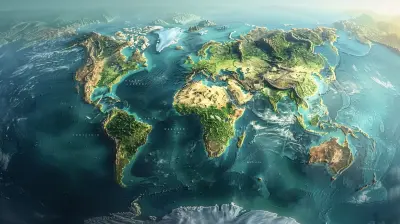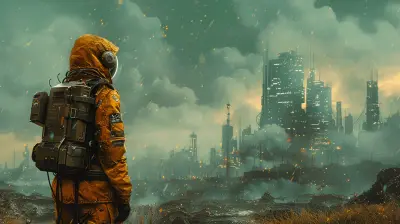Post-Apocalyptic World Building: Crafting a Decayed Civilization
3 October 2025
Ever wondered what it takes to create a world brimming with ruins, survivalist grit, and eerie beauty? Post-apocalyptic world building isn’t just about slapping some broken buildings onto a desolate landscape and calling it a day. Nope, it’s about weaving together tales of survival, hope, and decay while crafting a setting that feels alive, even if it’s barely hanging on by a thread.
Whether you're a writer, game designer, or tabletop RPG enthusiast, a compelling post-apocalyptic world can immerse your audience like nothing else. This guide will help you shape a decayed civilization that’s brimming with depth, character, and haunting allure. So buckle up (or should I say grab your gas mask?), because this is going to get messy—in the best way possible.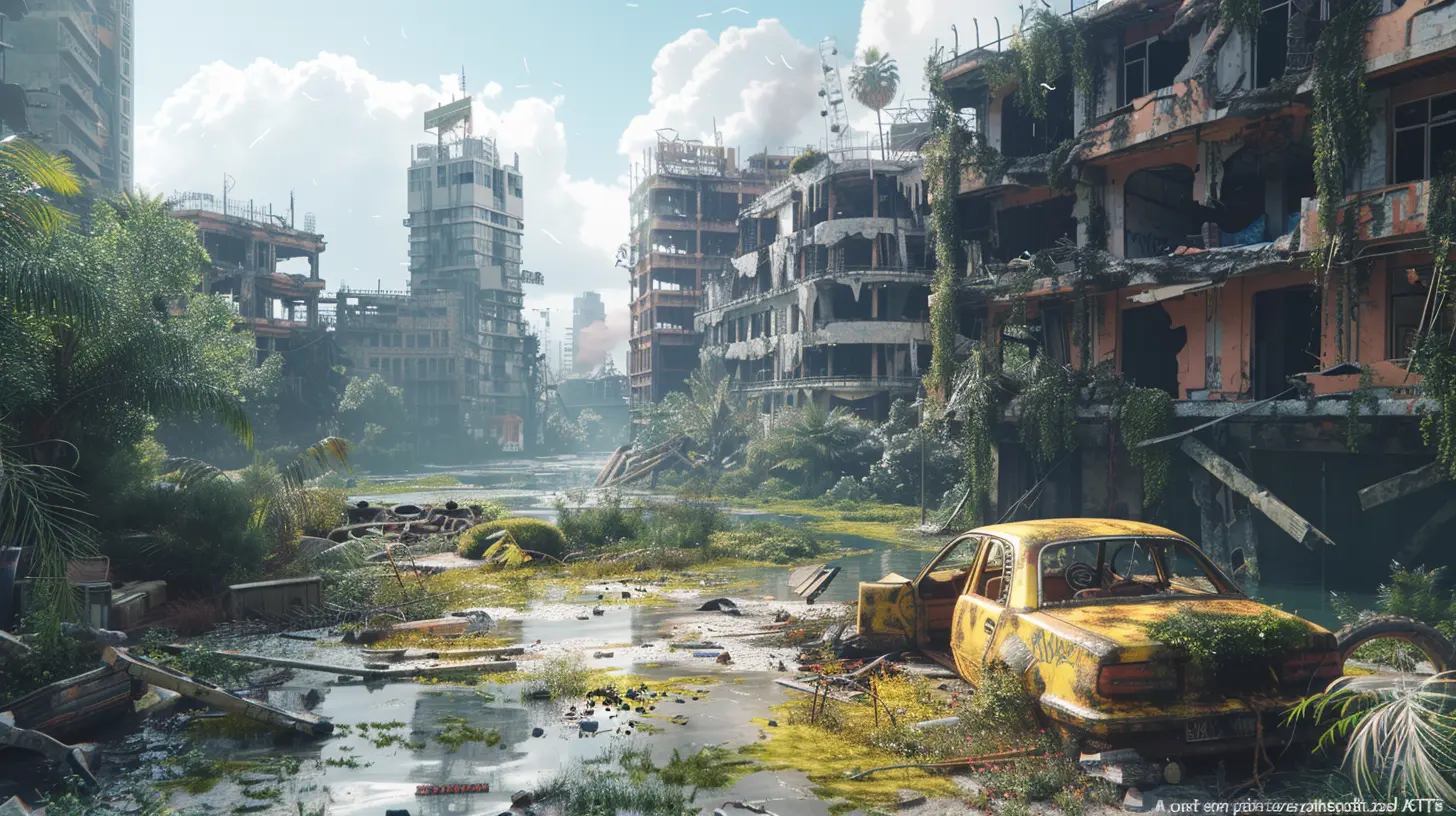
Why Post-Apocalyptic Worlds Fascinate Us
Let’s be real—there’s something mesmerizing about destruction. It’s the ultimate "what if?" scenario. What if humanity just… collapsed? What if nature reclaimed its throne? It’s like looking at a dystopian painting—you can’t help but lean in, searching for stories in the wreckage.At its core, post-apocalyptic settings reflect our fears, hopes, and resilience. They challenge us to imagine life after catastrophe, where survival is gritty, relationships are raw, and yesterday’s luxuries are today’s lifelines. And let’s not forget the drama! Every piece of wreckage has a story. Every survivor has scars—both physical and emotional. Creating a decayed civilization taps into that raw, unfiltered humanity.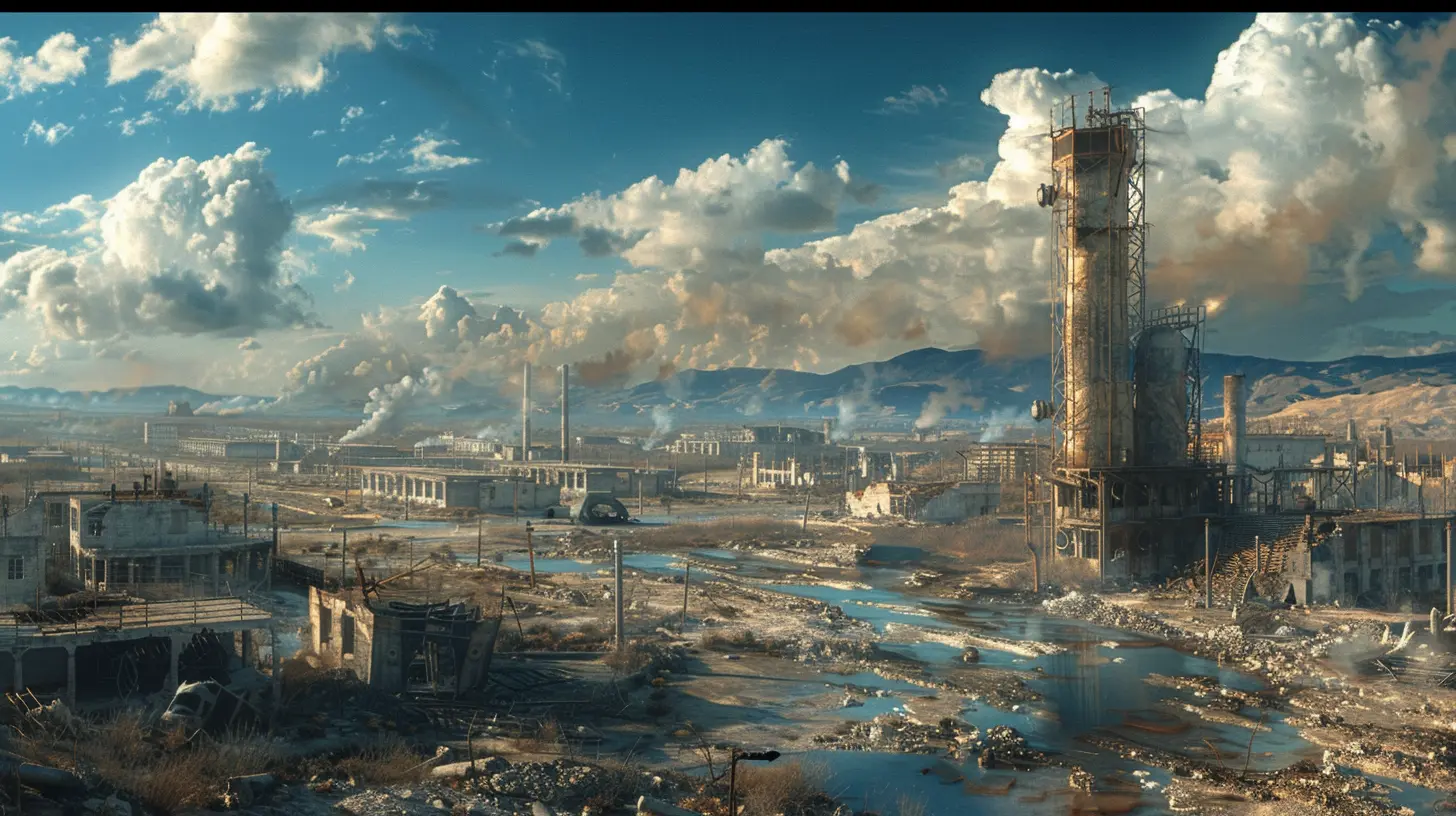
The Foundations of a Decayed Civilization
Alright, let’s build your world. But first things first—what kind of apocalypse are we talking about? A civilization’s downfall can take countless forms, but let’s break it down into manageable chunks.1. What’s Your Flavor of Doom?
The apocalypse sets the tone for everything. So, what happened? Nuclear war? An AI uprising? A meteor strike? A zombie pandemic? Each type of catastrophe shapes the world’s geography, surviving technology, and the psychology of its people.- Natural Disasters: Earthquakes, rising sea levels, or supervolcanoes can lead to landscapes overtaken by nature—forests swallowing cities, deserts stretching over highways.
- Manmade Catastrophes: Nuclear fallout, bioengineered viruses, or resource wars leave behind a bleaker, more toxic environment. Think crumbling factories, radiation zones, and abandoned bunkers.
- Sci-Fi Chaos: Alien invasions, rogue AI, or interdimensional rifts open up even wilder possibilities for your world. Floating debris fields, robotic overlords, or “broken sky” phenomena offer visually stunning and thematically rich settings.
Your choice will dictate everything from aesthetics to the culture of the survivors. Plus, it’ll help answer the big question: how much of civilization is left?
2. The Geography of Ruin
A post-apocalyptic world isn’t just a bunch of random decay—it has its own geography, its own pattern of wreckage. Ask yourself:- Which areas were hit hardest?
- Are there safe zones, or is the whole world a no-go?
- How has nature reacted? Reclaimed cities? Mutated wildlife?
For example, if your apocalypse involves rising seas, skyscrapers might poke out of ocean waters like grim monuments. If it’s nuclear war, entire regions could be radioactive wastelands while untouched areas become shelters of hope (and conflict). The key is contrast: the more diverse the landscape, the more engaging your world.
3. Who Survived, and How?
A broken civilization still needs people—or remnants of people. Here’s where things get juicy. Survivors! They’re the heart and soul of your world. Who are they, and what keeps them going?- The Scavengers: Living day-to-day, finding scraps to survive. They’re resourceful, but life is harsh.
- The Cultists: Often unhinged and deeply religious, they believe the apocalypse was meant to happen—and they’re here to fulfill some divine or… bizarre destiny.
- The Scientists and Tinkerers: Brilliant minds piecing together old tech or creating new, mad science-style solutions.
- The Leaders: Settlements need rulers, whether kind, cruel, or somewhere in between. Authority in a post-collapse world is rarely “by the book.”
You’ll also want to consider how survivors organize: Are there lawless nomads? Tight-knit tribes? Massive militarized factions fighting over resources? The more diverse your characters and cultures, the more vibrant your world becomes.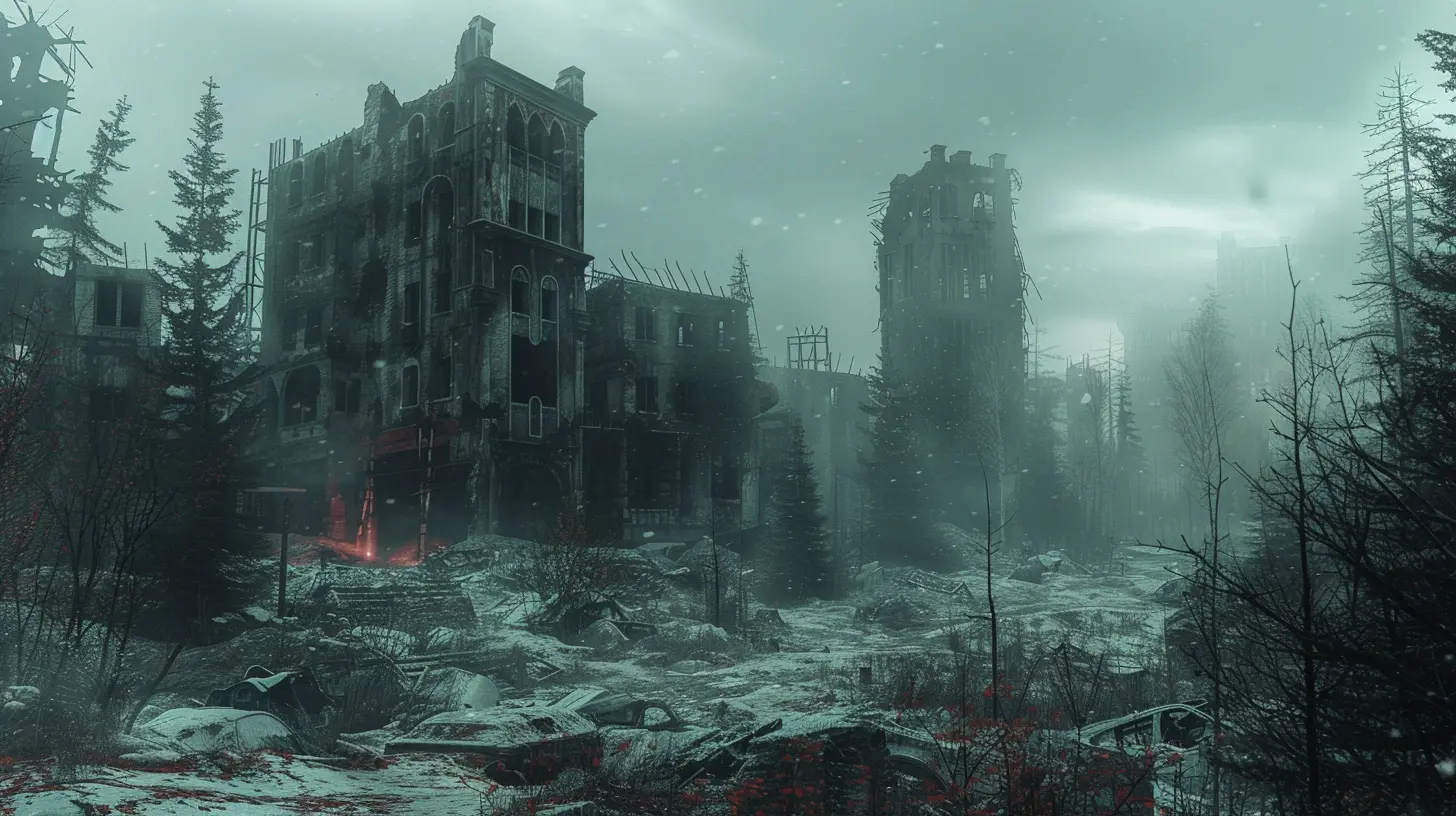
The Details Make the Difference
Okay, we’ve got the apocalypse, geography, and survivors sorted. But here’s where the real magic happens: the details. Small, visceral things that make your decayed civilization feel real.4. Decayed Architecture and Forgotten Relics
Think about it—civilizations aren’t just people. They’re buildings, roads, art, and dreams left behind. The way these things decay says a lot about the world’s downfall.- Are towering skyscrapers crumbling, or have they been repurposed into vertical settlements?
- What about old highways—are they overtaken by sand, water, or creeping vines?
- Are there everyday items (toys, smartphones, vehicles) that now seem like alien artifacts to the survivors?
A rusted playground in the shadow of a ruined city. A faded billboard still advertising a pre-apocalyptic luxury. These little touches bring your world to life—well, unlife, I guess.
5. Nature Finds a Way
One of the most striking features of post-apocalyptic worlds is seeing how nature reclaims civilization. Forests growing through shattered windows, animals nesting inside wrecked cars, or mutated wildlife ruling once-bustling cities.And let’s not forget the weather! Acid rain, red skies, deadly storms—these add mood and texture to your world. Mother Nature always has the final say, even after we’re gone.
6. Scarcity: The New Economy
In a decayed civilization, resources are king. Forget bank accounts—your currency might be canned food, clean water, or bullets.- What’s rare and valuable now?
- How do survivors trade or barter?
- Are there “relics” of the old world (like gasoline or batteries) that people fight over?
Scarcity drives conflict and creativity. It also serves as a constant reminder to players, readers, or viewers that this world is brutal, unforgiving, and oh-so-real.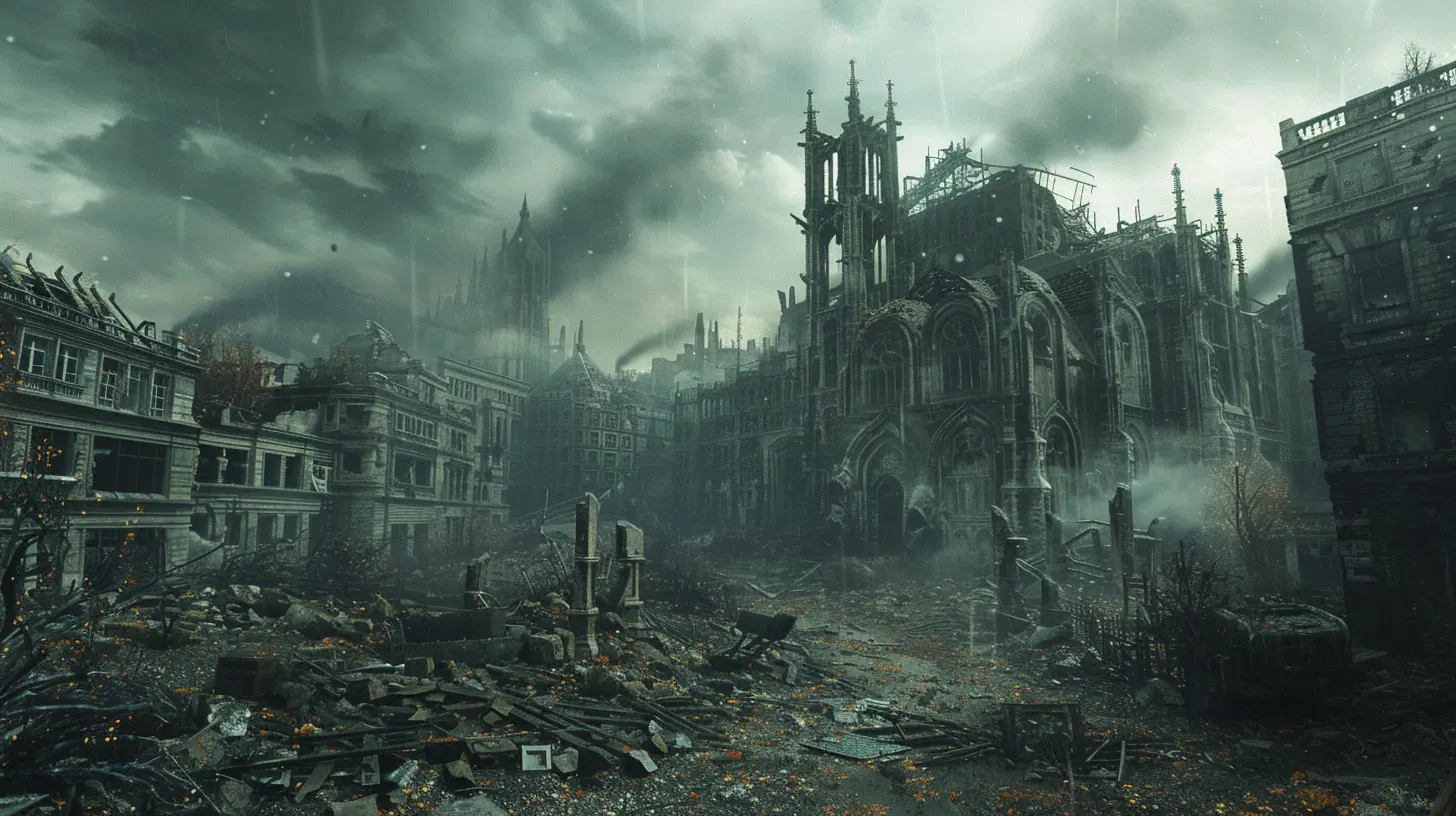
Creating Cultures in the Ashes
Who says culture has to die with civilization? Sure, post-apocalyptic societies might not have Instagram influencers or five-star chefs anymore, but they’ll still develop traditions, beliefs, and even art.- Religion: Some people might worship old-world objects like smartphones or cars as relics of a “golden age.” Others might form doomsday cults believing the apocalypse was prophecy fulfilled.
- Language: Slang evolves, especially when survival depends on speed and simplicity. What new words or phrases do people use in your world?
- Clothing: Function over fashion, but hey—post-apocalyptic style can look cool. Patchwork armor, scavenged uniforms, or tribal tattoos help define each group.
Cultures in your decayed civilization should feel distinct and believable. They’re not just survivors—they’re people adapting to an unthinkable new normal.
Injecting Hope into the Chaos
Here’s the thing: a post-apocalyptic setting doesn’t have to be all doom and gloom. In fact, the most powerful stories are the ones that balance darkness with light. Yes, the world collapsed. Yes, people are struggling. But there’s also hope, resilience, and moments of beauty.- Maybe survivors build thriving gardens in the ruins of shopping malls.
- Perhaps there’s a glimmer of rebuilding—small settlements slowly learning to trust one another.
- Or maybe the collapse itself has forced humanity to band together and discover what really matters.
Hope is like a flickering candle in the midst of all that destruction. It doesn’t erase the hardship, but it reminds everyone—characters and audience alike—that life finds a way.
Bringing It All Together
So, what does your decayed civilization look like? Think of it as a tattered tapestry, each thread telling a story. You’ve got your apocalypse type, ruined landscapes, survivor factions, eerie details, and sprinkles of hope. It’s all connected—like pieces of a puzzle that form a vivid, gritty world.The key is balance. Make it haunting, but not lifeless. Highlight the despair, but don’t forget the moments of triumph. And above all else, make it human. Because no matter how apocalyptic things get, people are the beating heart of your world.
Now go forth, fellow apocalypse creator. Build that broken world. And don’t forget your gas mask—you might need it.
all images in this post were generated using AI tools
Category:
World BuildingAuthor:

Audrey McGhee
Discussion
rate this article
1 comments
Eden Vasquez
Great insights! This article highlights essential elements for creating believable, immersive decayed civilizations in post-apocalyptic settings.
October 3, 2025 at 3:54 AM

Audrey McGhee
Thank you! I'm glad you found the insights valuable for your world-building journey!
